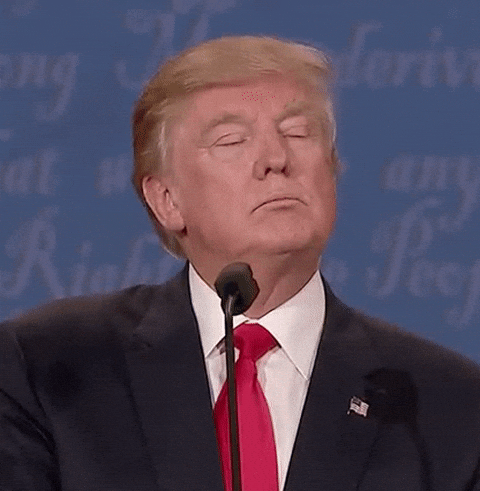Despite no action expected on rates this July, several major subplots are heating up. Two key Fed governors, Christopher Waller and Michelle Bowman, may dissent and vote for an immediate rate cut. That would be the first multi-governor dissent since 1993. Waller, a long-shot contender to replace Powell in 2026, recently made a strong public case for easing now, citing risks to the labor market and subdued inflation.
Meanwhile, President Trump’s continued pressure campaign both through rhetoric and his recent Fed site visit adds fuel to an already tense atmosphere.
Here’s what you need to know and why it matters:
1. The Fed Is Likely to Stay Put This Week
The consensus is clear: the Fed will hold rates steady again, just as it did in June. While some market participants are itching for a cut, the FOMC is taking a cautious, data-driven stance. There’s no new economic projection or “dot plot” this time, meaning any forward guidance will come directly from Powell’s post-meeting press conference.
2. Rare Potential for Dissenting Votes
Christopher Waller and Michelle Bowman are wildcards. If both vote for a cut, it’ll be the first time in 30 years that two Fed governors have broken ranks. Their stance reflects growing internal disagreement over how urgent rate cuts really are, especially with inflation cooling and jobs data showing cracks.
3. Trump’s Pressure on the Fed Isn’t Over

President Trump hasn’t let up. After years of attacking Powell and the Fed for keeping rates high, he’s now taken his campaign public, literally, by touring the Fed’s renovation site and criticizing its budget. While the White House says it’s not a pressure campaign, it’s clear that the administration wants action and fast.
4. Market Odds Still Favor a September Cut
Despite the July pause, many analysts still believe the Fed could pivot in September. That’s assuming inflation stays contained and employment data softens further. The June “dot plot” suggested two cuts this year, but showed serious division among policymakers. Everything now hinges on how the data unfolds in August.
5. Powell’s Message Will Be Closely Dissected

Without any projections, Powell’s press conference becomes the main event. Traders will hang on every word, hunting for signs of dovish pivot or pushback. Any subtle shift in tone especially on inflation, labor, or political independence could spark volatility across USD, stocks, and gold.
Here’s the Takeaway:
This might not be a “decision” week for the Fed, but it’s absolutely a decisive one for us traders. The silence on rate cuts is growing louder, and so is the internal debate. With dissent possible, Powell under pressure, and September still wide open, this meeting could reset expectations across global markets.

